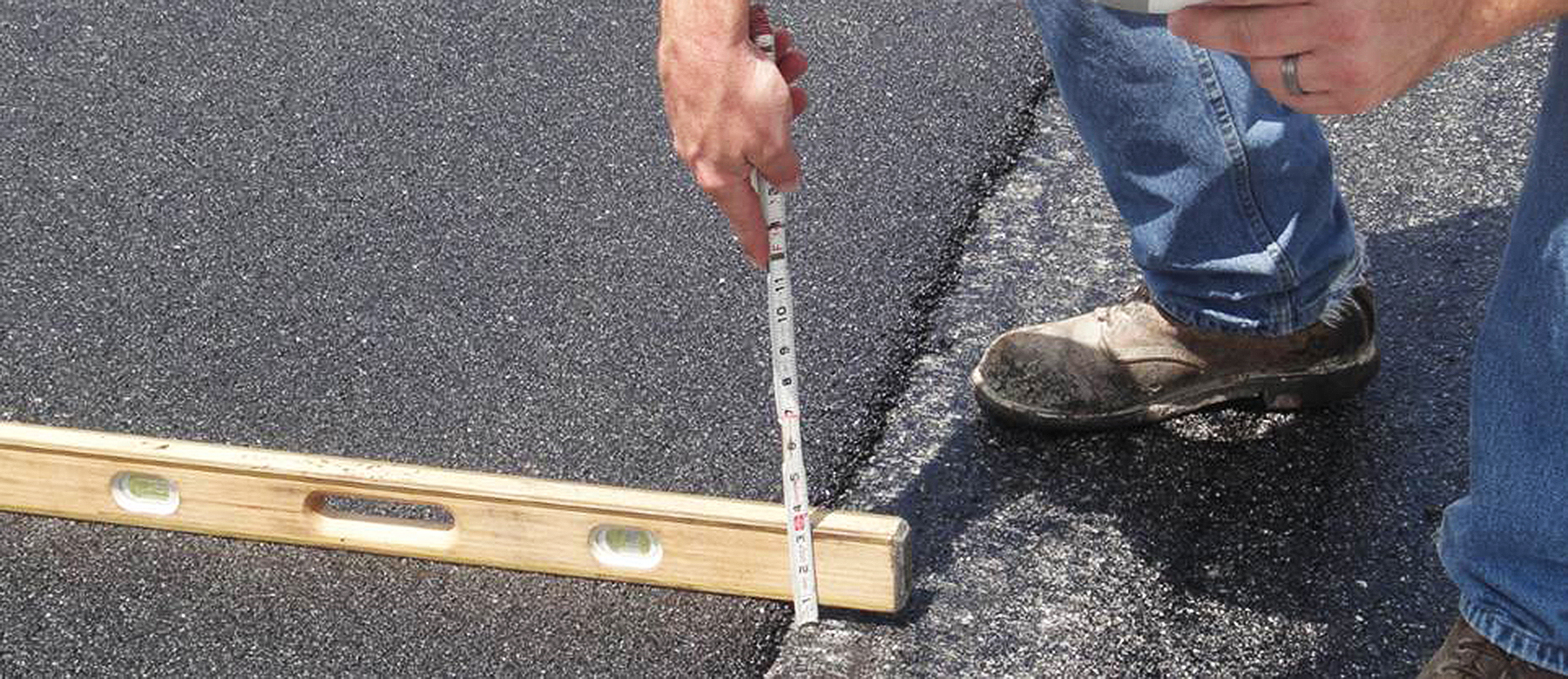Experience the Distinction: Hot Mix Asphalt Paving for Regrading Projects
Experience the Distinction: Hot Mix Asphalt Paving for Regrading Projects
Blog Article
Unlocking the Secrets of Warm Mix Asphalt Modern Technology
Exploring the midsts of hot mix asphalt technology reveals a world where careful procedures and exact formulations converge to shape our roads and facilities. The blend of accumulations, fillers, and binders isn't just a building task yet a tactical orchestration of sturdiness and effectiveness.
Value of Warm Mix Asphalt
Warm Mix Asphalt plays an important function in modern-day facilities growth due to its durability and cost-effectiveness. As the most typically utilized paving material for roads, highways, and vehicle parking great deals, Warm Mix Asphalt uses a range of benefits that contribute to its importance in construction projects.
The resilience of Hot Mix Asphalt stems from its structure, which includes accumulations, binder, and filler materials that are carefully picked and mixed to fulfill particular efficiency demands. Overall, the relevance of Hot Mix Asphalt in framework advancement can not be underrated, as it continues to be a cornerstone of contemporary construction techniques.
Parts of Asphalt Mixes
The make-up of asphalt mixes consists of carefully picked aggregates, binder, and filler products that are vital for achieving particular efficiency needs. Aggregates are the key component of asphalt mixes, giving stamina and stability. The binder, generally bitumen or asphalt cement, holds the accumulations together and gives versatility and sturdiness to the mix.
The combination and proportion of these parts play a considerable duty in identifying the quality and efficiency of the asphalt mix. Engineers thoroughly design the mix to satisfy specific demands, thinking about elements like traffic volume, climate problems, and sidewalk lifespan. Appropriate choice and balancing of aggregates, binder, and fillers are essential for creating resilient, resilient asphalt pavements.
Combining and Manufacturing Strategies

When the aggregates are picked, the binder, typically asphalt cement, is added to bind the materials together. The binder's high quality and amount dramatically impact the mix's resistance, strength, and adaptability to ecological elements. Additionally, fillers like moisturized lime or Rose city concrete might be included to boost particular features of the asphalt mix, such as its workability or dampness resistance.
During production, the aggregates and binder are heated, generally between 250-325 ° F(121-163 ° C ), to help with mixing and guarantee appropriate coating of the accumulations. The mixing procedure has to be detailed to attain a homogeneous mixture that advertises the desired efficiency qualities pop over here of the asphalt. Different strategies, such as batch mixing or drum blending, are used to attain regular and high-grade asphalt blends for building and construction tasks.
Elements Impacting Asphalt Efficiency
Variables affecting asphalt efficiency include a variety of variables that influence the longevity, long life, and overall high quality of asphalt sidewalks. One essential variable is the high quality of materials made use of in the asphalt mix. The kind and source of aggregates, the binder high quality, and the this article ingredients all play a substantial function in identifying the efficiency of the asphalt sidewalk. The rank of aggregates is important as it affects the mix's security, workability, and resistance to breaking and rutting.

Design considerations, such as sidewalk thickness and drain, are vital in making sure the long-lasting efficiency of the asphalt pavement. By very carefully thinking about these contractors, designers and aspects can maximize asphalt efficiency and improve the solution life of pavements.
Lasting Practices in Asphalt Technology
WMA enables for the production and placement of asphalt blends at reduced temperatures compared to traditional hot-mix asphalt, resulting in decreased power usage and greenhouse gas emissions. The usage of permeable asphalt mixes Read Full Article can assist minimize stormwater drainage concerns by enabling water to penetrate via the sidewalk and into the ground, promoting natural water purification and recharge procedures.
Final Thought
In conclusion, hot mix asphalt technology plays a crucial duty in modern-day framework development due to its longevity and cost-effectiveness. By carefully stabilizing parts, using appropriate mixing techniques, and thinking about different variables, engineers can develop premium asphalt blends that endure rush hour lots and extreme climate condition. Embracing lasting methods, such as utilizing warm-mix modern technologies and recycled products, additionally enhances the environmental friendliness of asphalt modern technology.
Blending and manufacturing techniques in warm mix asphalt modern technology entail the precise combination and processing of accumulations, binder, and fillers to create a durable and high-performance asphalt mix.Aspects affecting asphalt efficiency incorporate an array of variables that impact the resilience, longevity, and general high quality of asphalt sidewalks. Sustainable methods in asphalt modern technology encompass various efforts aimed at reducing the ecological effect of asphalt manufacturing and paving procedures. By including reclaimed asphalt pavement (RAP) and recycled asphalt tiles (RAS) right into brand-new asphalt mixes, the sector can significantly decrease the consumption of raw products and energy, while also lowering land fill waste.
WMA enables for the production and positioning of asphalt mixes at reduced temperature levels compared to conventional hot-mix asphalt, resulting in reduced power consumption and greenhouse gas emissions.
Report this page